COMBINE CRYSTAL FOILS
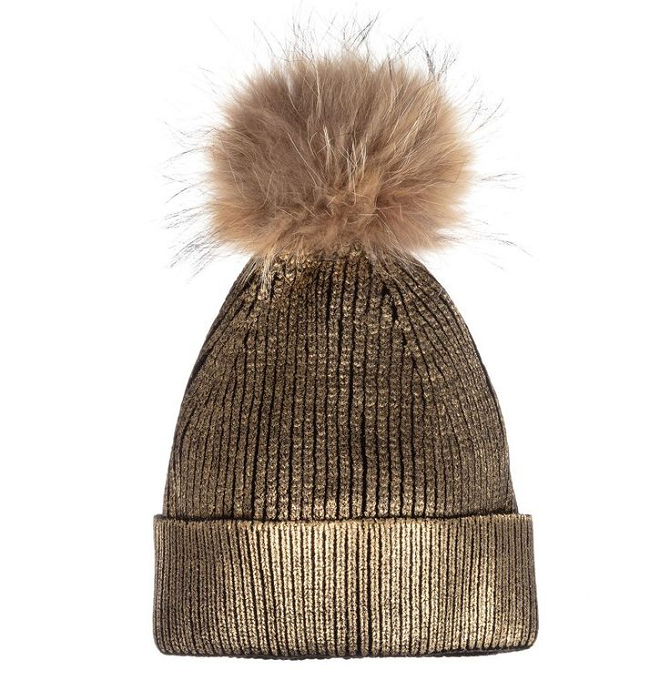
Combined foil is a combination of hot stamping foil and crystal foil. Combined foil can be transferred to leather and fabric in one step to obtain colored patterns. It provides ease of transfer to elastic or weak surfaces such as knitwear.
The outstanding feature of combined crystal foils are that they can be cost effective on printing process. Being able to apply both pattern and colors at once is an important advantage.
Although many variants are obtained by applying transparent crystal foils and colored foils on it in the second printing, hardening of the fabric or loss of pattern may occur during the transfer and peeling of the carrier films especially in heat sensitive fabrics or fabrics with wear structure. As a helpful solution, foiled crystal foils (combine foils) have been developed.

Kombine lazer folyo, varak ile lazer folyonun birleşimidir. Renkli desenlerin elde edilebilmesi için kombine folyo deri ve kumaş üzerine tek adımda transfer edilebilir. Triko gibi elastik veya zayıf yüzeylere aktarmada kolaylık sağlar.
Kombine lazer folyoların öne çıkan özelliği, baskı işlemlerinde tasarruf yapılabilmesidir. Tek seferde hem desen hem de renk uygulaması yapılabilmesi önemli bir avantaj olmaktadır.
Şeffaf lazer folyo ve üzerine ikinci baskıda renkli varak uygulaması ile çok sayıda varyant elde edilmesi ile birlikte, özellikle ısıya duyarlı kumaşlarda, ya da yapısı zayıf kumaşlarda, transfer ve taşıyıcı filmlerin sıyırılması aşamalarında mekanik yıpranmalar, kumaşta sertleşmeler ya da desende kayıplar yaşanabilmektedir. Yardımcı bir çözüm olarak varaklı lazer folyolar (kombine) geliştirilmiştir.
TEMPERATURE: 150°C
PRESSURE: 6 bar
CONTACT TIME: 5-6 sec
TEMPERATURE: 160°C
PRESSURE: 6 bar
SPEED: 3-5 m/min
LENGTH: 3 inch 200 m
WIDTH: 150 cm
Ready to Use: Gold/Silver/Grey/Powder Gold
Produceable Color Alternatives: HT Series foils can be used in the production of combined lasers
Vary between 30 and 200 microns depending on the pattern.
Genuine/suede/nubuck leather
Polyester/cotton based fabrics
Elastic/knitted/woven fabrics
TEMPERATURE: 150°C
PRESSURE: 6 bar
CONTACT TIME: 5-6 sec
SICAKLIK: 160 °
PRESSURE: 6 bar
SPEED: 3-5 m/min
UZUNLUK: 1 inç 100 m, 3 inç 500/1000/3000 m
*Müşteriye özel uzunlukta üretilebilir.
WIDTH: 150 cm
12 mikron
- Su bazlı tutkal
- Plastik bazlı tutkal
- Solvent bazlı tutkal
- Lazer folyo
- Rotasyon (metraj) baskı
- Serigrafi (parça) baskı
- Sprey uygulaması
Bu hizmet şartları ("Şartlar", "Sözleşme") web sitesi ("Web sitesi operatörü", "biz", "biz" veya "bizim") ile siz ("Kullanıcı", "sen" veya "siz"). Bu Sözleşme, bu web sitesini ve herhangi bir ürününü veya hizmetini (topluca, "Web Sitesi" veya "Hizmetler") kullanımınızın genel hüküm ve koşullarını belirler.
Advantages of Combine Crystal Foil Applications
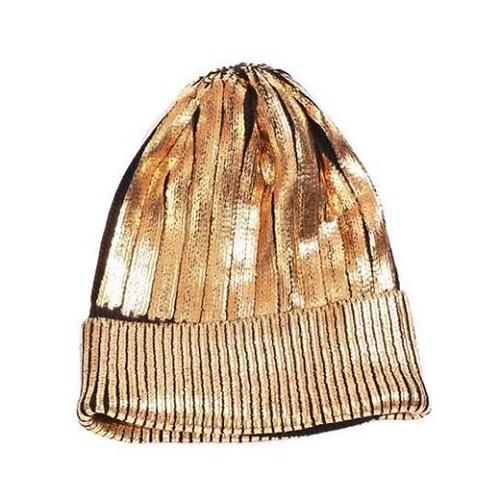
On Knitwear
It is not easy to apply transparent crystal foils on flexible and elastic surfaces such as knitwear. Instead, surprisingly successful results can be achieved with combined crystal foils.
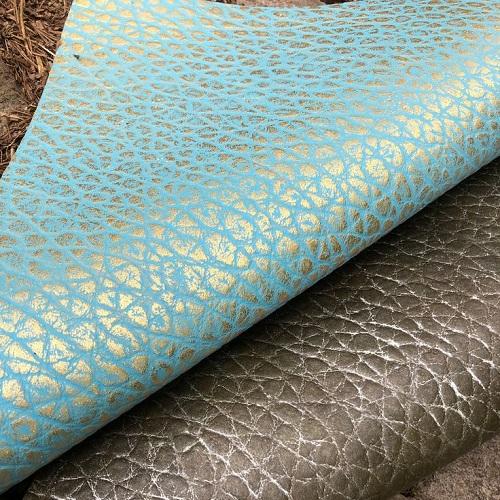
Peak Print
Printing methods such as ‘contamination’ or ‘barely touching’ on the upper parts of textured surfaces can be tried with combined crystal foils. In addition, different results can be obtained by transferring with embossed cylinders according to the pattern on the mold.
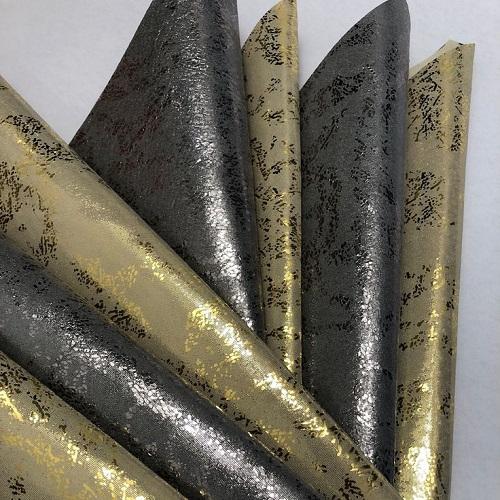
Single Step Printing
Especially in patterning works that will result in foil printing, its single step printing nature makes combined foil printing unique in terms of labor time and energy cost.
Combine Crystal Foils Printing Stages
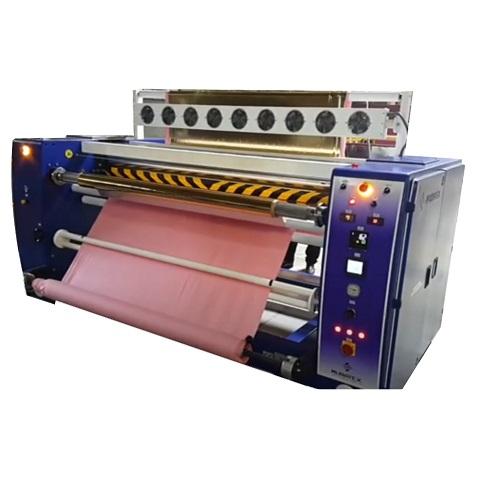
1
Combine Foil Printing
It is done same as transparent crystal foil printing method. However, combined foils which is the adhesive made with combination of crystal foil and hot stamping foil is transferred to the fabric with a single step pressing process.

2
Cooling After Printing
For combined foils there is almost no need for waiting period before peeling carrier film or to wait for sufficient amount of time just to lose its heat.
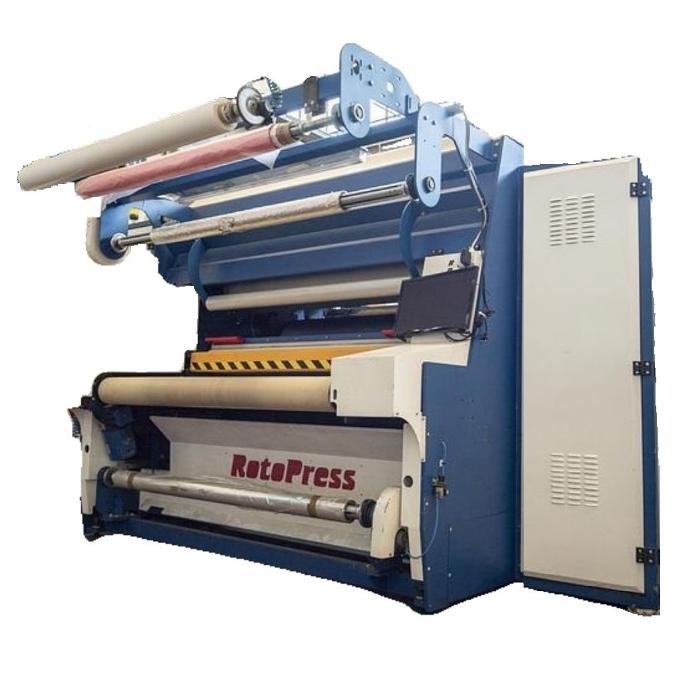
3
Carrier Film Peeling
Although peeling the carrier film after transfer is as easy as hot stamping foil, care must be taken to avoid shrinkage when incorrect tension is applied or due to high adhesive temperature.
Technical Details to Consider When Applying Crystal Foil
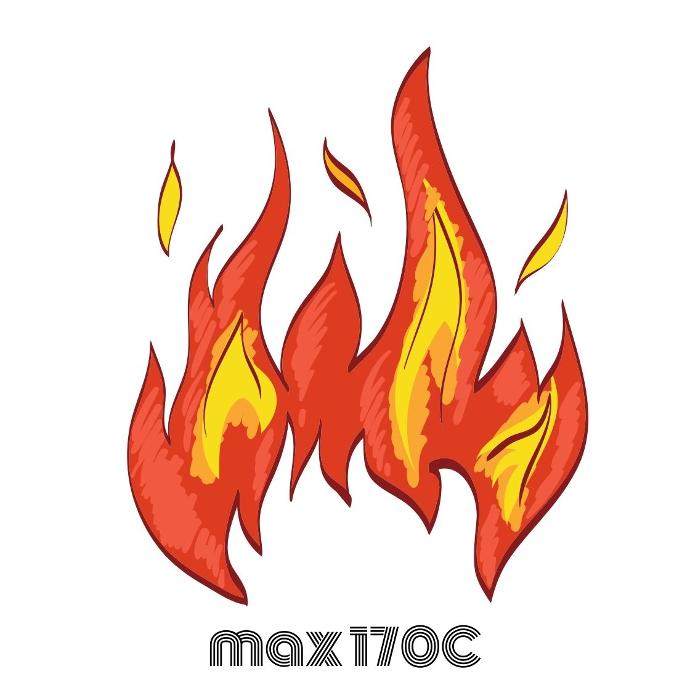
Temperature
Temperature x Pressure x Time
Temperature should be between 125°C-175°C in accordance with the characteristics of the surface to be transferred. Although it is easier to separate than transparent crystal foils, the heat must be sufficient.
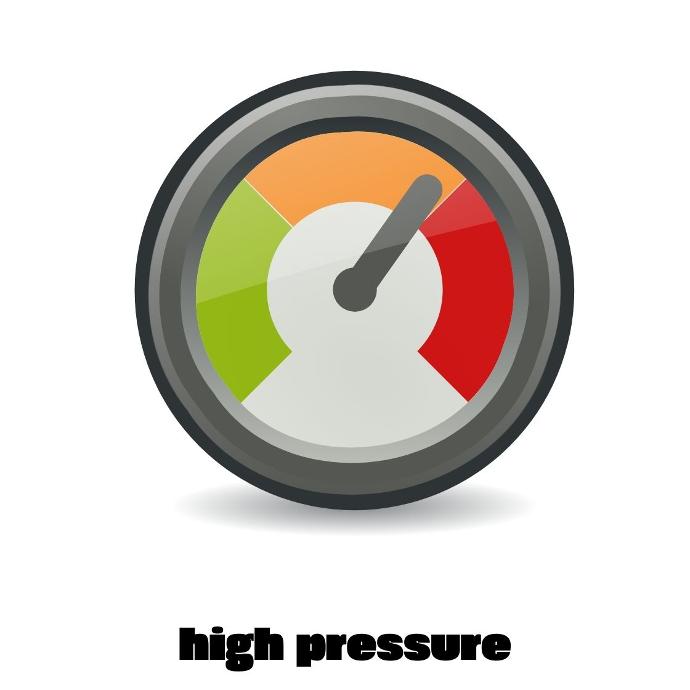
Pressure
Temperature x Pressure x Time
Pressure should decrease as temperature increases. The shrinkage of the carrier film after printing gives the sign. Combined crystal foils can cause dusting at the very high temperature.

Contact Time
Temperature x Pressure x Time
Among the factors, the easiest to adjust is always known as contact time (speed in roll to roll printing). It is increased or decreased according to the trial result. After printing, the carrier film is separated immediately.
Examples of Crystal Foil Printing Machines
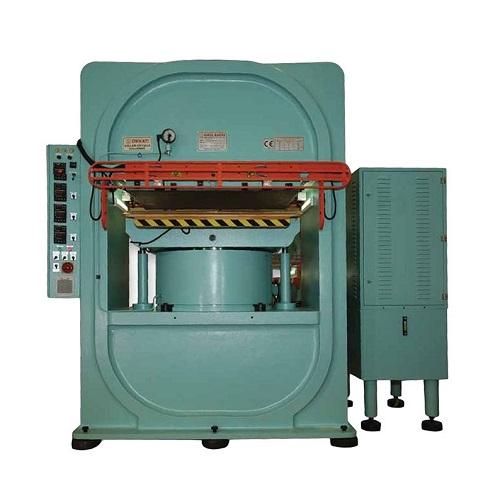
Hydraulic Leather Printing Press
It is used in crystal foil applications on genuine leather with high pressure and low temperature.

Roll to Roll Printing Press
Rotopresses developed for hot stamping foil printing are ideal for applying combine crystal foils to the fabric.
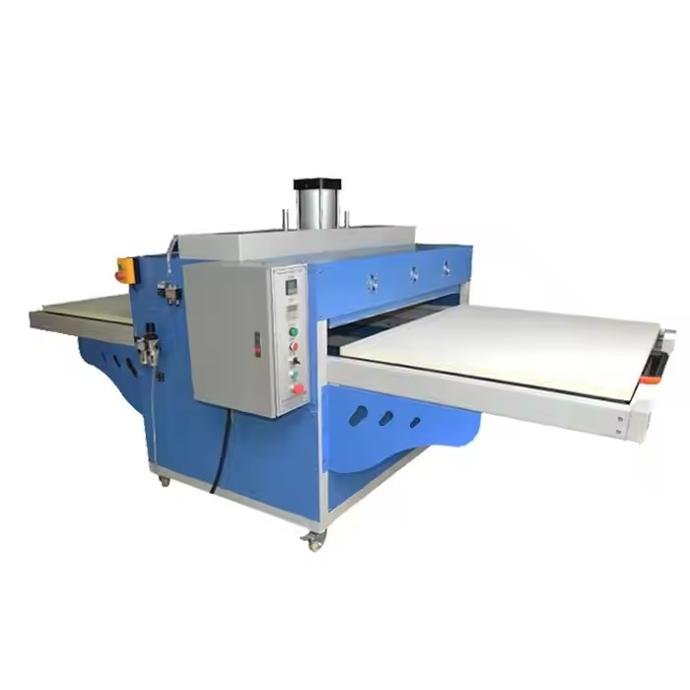
Trouser Transfer Printing Press
Flat air presses used in partial printing provide adequate heat transfer by extending the contact time.
General Warnings about Crystal Foil Printing Applications
The information provided on this page about crystal foil printing is for general guidance purposes.
The details given under topics such as application areas, stages of crystal foil printing, technical details to consider and machines used for crystal foil printing may not cover all aspects. Application may require professional machines and expertise.
Even when performed with the same machines, applications depend on specific adjustments and some critical variables. Crystal foil and the application surface are some of them. For example, the temperature rating that is suitable for genuine leather may not be sufficient for transfer to faux suede polyester fabric. To give another example, the application that gives more durable results on washed fabric may give worse results on silicone finished fabrics.
Crystal foil is a hotmelt type of glue and has a structure that freezes when it cools down and melts again at the active temperature and becomes sticky. Crystal foil should mostly be ironed reversely in home ironing, even at single point ironing temperature. Hot stamping foil applied crystal foils are more resistant to heat.
Combine crystal foil applications are easier than traditional printing methods.
Troubleshooting and Technical Information page is for theoretical insights into common issues.
For technical support, feel free to contact our company.
The information provided on this page about crystal foil printing is for general guidance purposes.
The details given under topics such as application areas, stages of crystal foil printing, technical details to consider and machines used for crystal foil printing may not cover all aspects. Application may require professional machines and expertise.
Even when performed with the same machines, applications depend on specific adjustments and some critical variables. Crystal foil and the application surface are some of them. For example, the temperature rating that is suitable for genuine leather may not be sufficient for transfer to faux suede polyester fabric. To give another example, the application that gives more durable results on washed fabric may give worse results on silicone finished fabrics.
Crystal foil is a hotmelt type of glue and has a structure that freezes when it cools down and melts again at the active temperature and becomes sticky. Crystal foil should mostly be ironed reversely in home ironing, even at single point ironing temperature. Hot stamping foil applied crystal foils are more resistant to heat.
Combine crystal foil applications are easier than traditional printing methods.
Troubleshooting and Technical Information page is for theoretical insights into common issues.
For technical support, feel free to contact our company.

